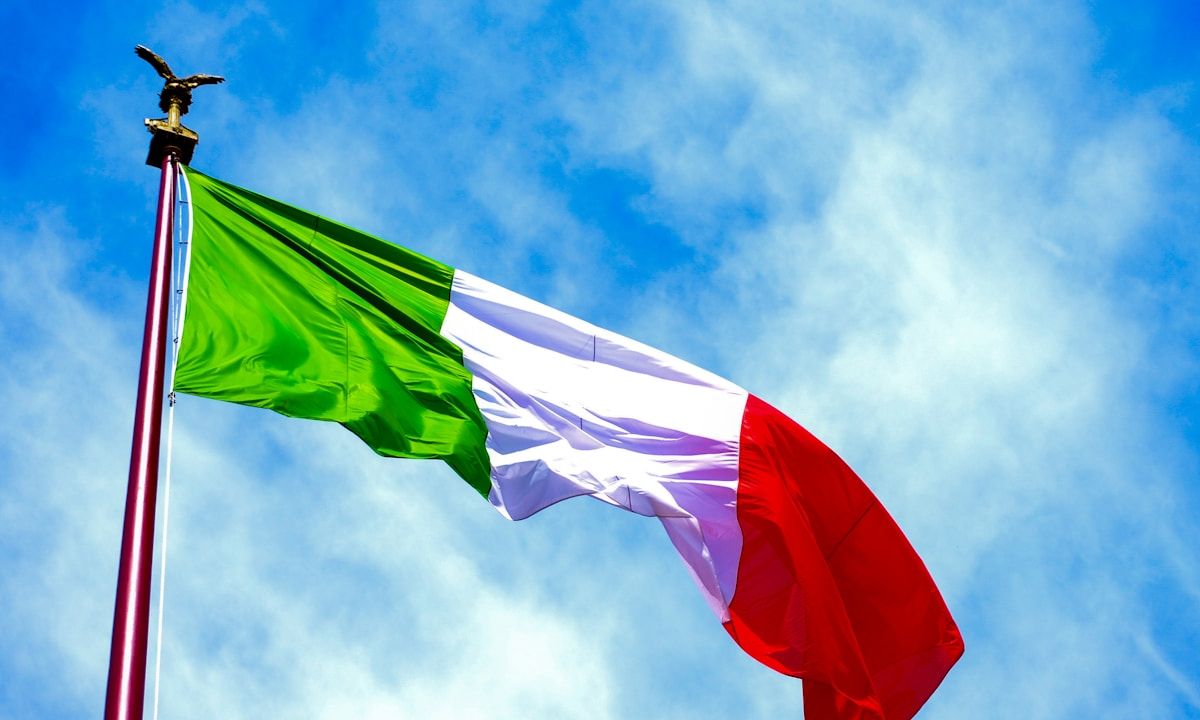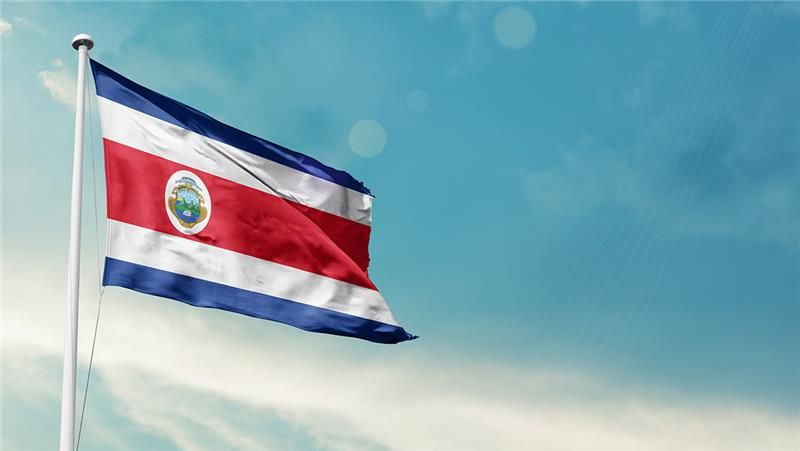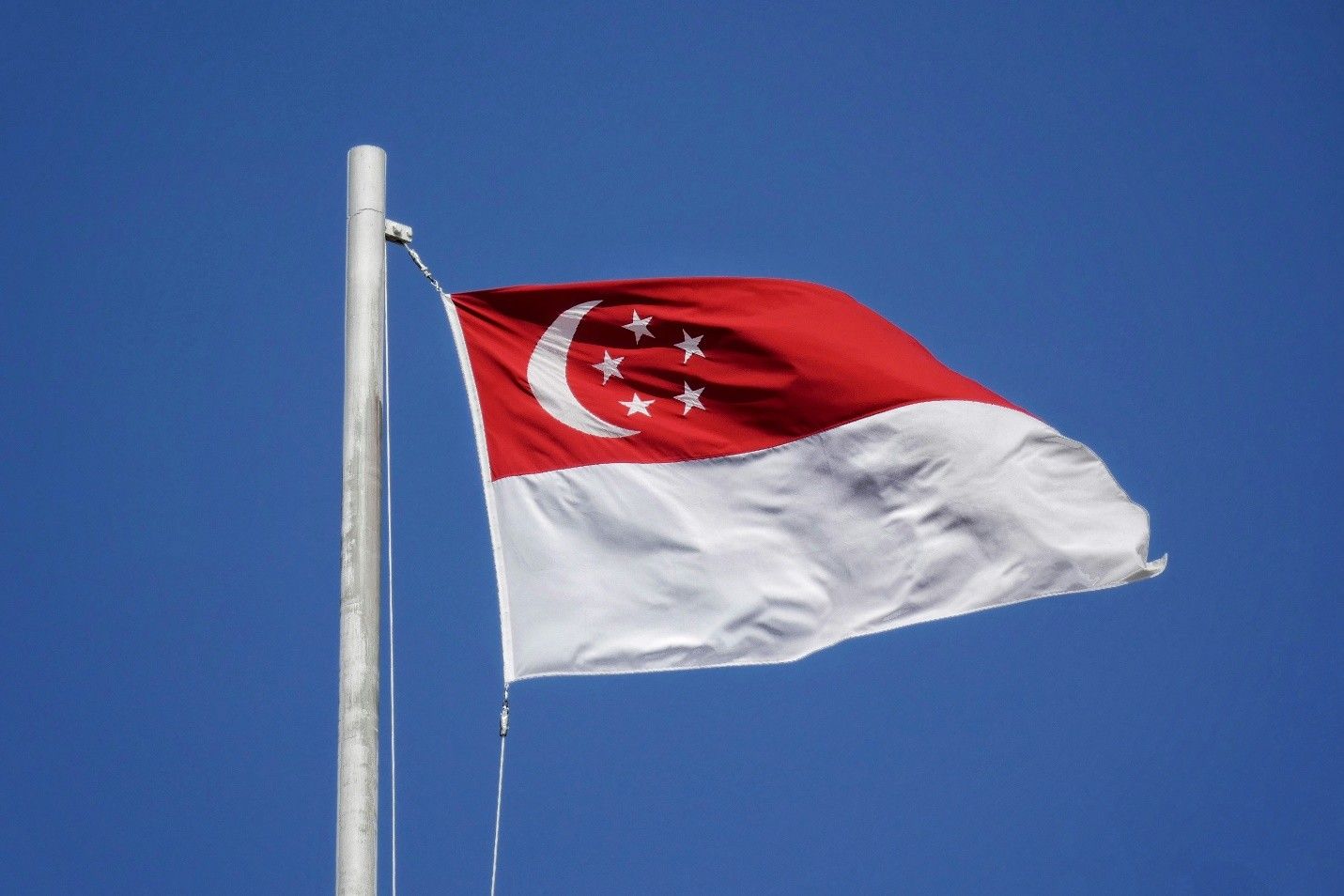
Economy, International Markets, Week in Review
Ecuador’s GDP improves but still faces macroeconomic challenges
Ecuador is regarded to have a strong economy heavily reliant on oil and agricultural exports. However, it is vulnerable to external macroeconomic events. Although Ecuador has made structural and institutional improvements over the years, its’ fiscal imbalances, such as a high reliance on volatile oil revenues, vulnerable financial sector, thin domestic capital market, labor market rigidities and informality has stunted its’ economic growth.

Ecuador is regarded to have a strong economy heavily reliant on oil and agricultural exports. However, it is vulnerable to external macroeconomic events. Although Ecuador has made structural and institutional improvements over the years, its’ fiscal imbalances, such as a high reliance on volatile oil revenues, vulnerable financial sector, thin domestic capital market, labor market rigidities and informality has stunted its’ economic growth.
After a 2.0% contraction in 2024, gross domestic product (GDP) is projected to rebound by 2.3% in 2025, according to the World Bank Group. “The external surplus is expected to narrow in the coming years due to rising imports, reflecting stronger domestic demand,” the World Bank Group report reads. “Inflation is anticipated to remain low, consistent with the stability provided by the dollarization regime in place since 2000.”
In September, Ecuador’s inflation rate decreased to 0.72% from 0.81% in August of 2025, according to Trading Economics. However, the inflation rate is forecasted to trend around 3.10% in 2026 and 3.20% in 2027.
The western South American country’s economic improvement can be attributable to improved energy supply. In February, Ecuador announced its 2025-2030 electric power expansion plan, focusing on funding $2.43 billion on 1,471 MW of new hydro, solar, wind and geothermal capacity, as well as nuclear energy investments.
Ecuador’s fiscal reforms have contributed substantially to its economic recovery and has improved business and investor confidence. With support from IMF’s Extended Fund Facility (EFF), Ecuador outperformed fiscal targets and cleared some arrears, according to Fitch Ratings.
“Fiscal consolidation advanced, supported by measures including a permanent three-percentage-point increase in the VAT rate and reduction in fuel subsidies with the alignment of domestic gasoline prices with international benchmarks,” the Fitch Ratings report reads. “The fiscal outturn was 0.9% of GDP stronger than IMF projections in 2024, enabling the authorities to clear $350 million in private sector arrears, exceeding the $200 million target set in the 2024 fiscal plan.”
Ecuador’s reduced political instability is another major contributor to growth. Reports suggest that political stability in Ecuador has improved in 2025, primarily due to President Daniel Noboa’s re-election for a full term and his party, National Democratic Action (ADN), securing a stronger position in the National Assembly. However, this is set against a backdrop of escalating violence from organized crime, leading to increased insecurity and ongoing social unrest.
To continue this positive trajectory, Ecuador must address fiscal imbalances and enhancing security, per the World Bank Group. “Key priorities include fostering private investment in competitive sectors, reducing barriers to private sector development, strengthening the insolvency framework, promoting competition and trade and reforming labor regulations,” the report read.
According to FCIB’s September Credit and Collections Survey, of the four countries listed, Ecuador has the highest average number of days beyond terms at 11 days. Respondents cited the most common causes of payment delays were unwillingness or inability to pay, cultural norms and customers, foreign exchange rates, cash flow issues, billing disputes and supply chain or shipping issues among other disputes.
To mitigate risk in a turbulent economy, respondents suggest referring to the Five Cs of Credit—character, capacity, capital, collateral and conditions—and following Tarriff updates. “Know your customer’s legal entity, credit capacity, operational metrics and financial health,” one respondent said.





